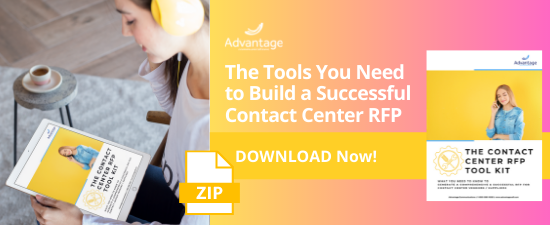With the rise of customer-centric business strategies, an increasing number of organizations are focusing on customer experience metrics to guide the way they do business.
And that makes sense! Afterall, these metrics help to both measure customer satisfaction, as well as provide data on how to improve the customer experience, customer retention and your business in general.
Building a customer feedback loop is essential when it comes to continuous improvement. The more you listen to your customers and implement strategies that improve customer satisfaction, the stronger your customer loyalty will be and the more sales your business will make.
One of the most popular ways to collect this data is through customer feedback surveys, which can be great tools. But when used incorrectly, customer surveys can lead to low response rates, skewed data or confusing information that your team just can’t make sense of.
So how can you ensure you are collecting the best data possible from customer feedback surveys? Here are six best practices to help your business build customer feedback surveys that deliver real value for your organization’s customer service team.
- Avoid asking too many questions
When trying to gather information, the number of questions you ask can quickly get out of control. What started out as a simple three or five question survey can slowly spiral into dozens of questions. But long surveys can create fatigue, which can result in lower response rates. In fact, studies show that survey completion rate decreases drastically as more questions are added.
Instead, make your survey brief and engaging.
- Focus on your objective
When choosing your questions, consider the goal of the survey and the metric that matters most. If you want to know how the customer felt about employee interactions, ask about employee interactions. Don’t overwhelm the respondent with questions about cleanliness, satisfaction with product selection, pricing, etc. Keep your surveys focused on one specific objective.
- Use open-ended questions
Consider using open-ended questions. For example, “How did your customer service rep do?” will get more expansive responses than “Tell us what you thought of the employees tone?” and will stop you from having to ask a question for each aspect of the interaction.
When a customer takes the time to respond to open-ended questions, your business must take the time to read them. Doing so can provide incredibly valuable information that drives customer service improvements, as well as improvements in other areas of your business.
- Combine quantitative data with quality feedback
When surveying customers, combine multiple choice and open-ended questions. This will allow you to gather data that is easily measured and compared, while still allowing your business to get the valuable details found in long form questions.
For example, if you want to find out what areas of your business you should improve, ask customers to pick one to three of their least favorite from a list of answers that are important to your business, such as:
- response time
- staff friendliness
- staff knowledge
- pricing
- product availability
This will give you easy to compare data to present to your teams.
But don’t stop there. Follow up with an open-ended question and ask them how they think your company could improve. That way you can get the details of why they chose the answer they did, as well as any additional information your first question didn’t address. This will also make the customer feel heard, just in case your survey didn’t address the issue that is really bothering them.
- Use a variety of question types
Asking customers to rate various aspects of their experience on a scale of one to five can get tedious and boring. And asking a dozen open-ended questions can make customers feel like they are writing your organization an essay, nobody wants to do that.
Instead, try to include a combination of question types, such as:
- multiple choice
- open-ended
- rating scales
- drop down
- ranking questions
- Consider how your questions are organized
When asking questions, make sure they are ordered in a way that makes sense. This will help your customers stay on topic. You also want to ask the most important questions at the beginning of the survey in case respondents begin dropping off.
Bottom line … if your survey fails to keep your customer’s attention, it won’t matter how many questions you ask or what you are asking. A lack of high-quality responses will leave you at a loss for valuable information.
So, focus on what matters, keep it short and sweet, and give your customers a chance to say what is really on their mind. This will help improve data collection and allow you to make better business decisions that improve your customer service experience in the future.
Want to learn more about how you can improve your customer service program? Get in touch with Advantage Communications today.





